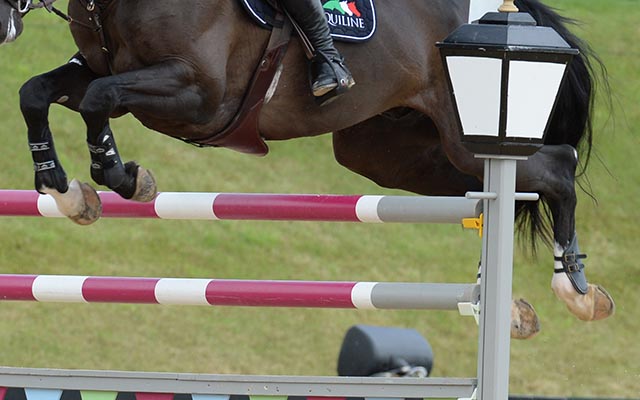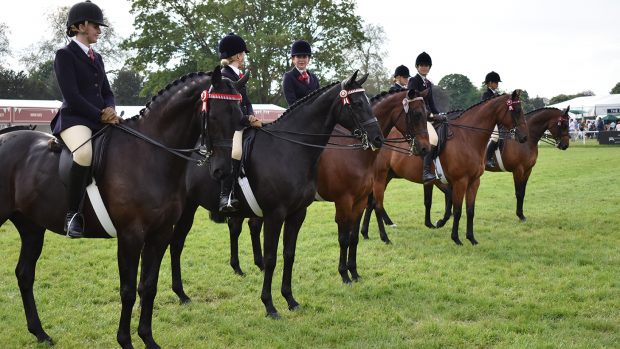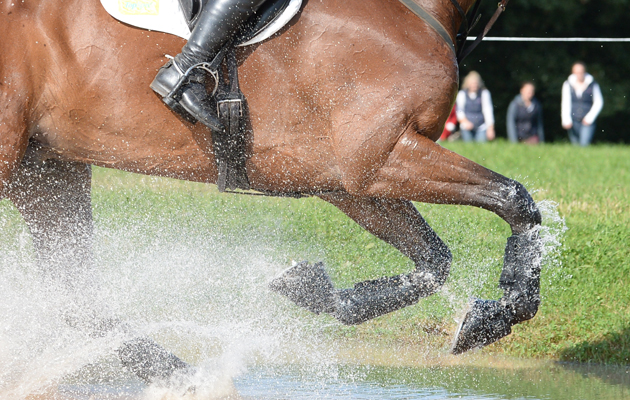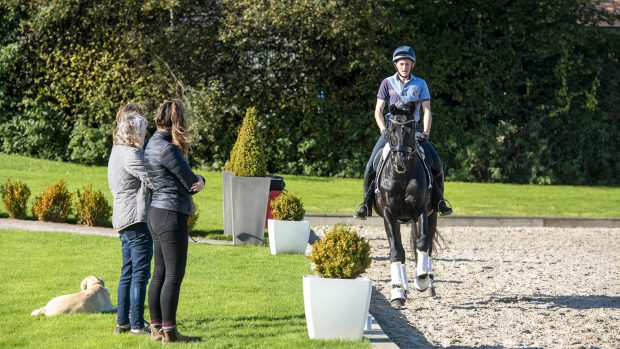Competing your horse alone alone can be daunting. There’s so much to consider — from what will happen to your horse if you are injured, to making sure you have everything you need before you mount.
But for many riders without the back-up of a groom or willing friends or family, heading to shows solo is the only way to fulfil their competitive ambitions. And with practice, it needn’t be terrifying.
The three mantras of experienced “go it aloners” are practise at home, give yourself time and be organised.
Be prepared
- Make sure everything has its own place in the car, trailer or lorry and it’s all cleaned and put back after the previous event or show
- When you get your times, work backwards from each phase, writing out a timetable for warming up, tacking up, walking courses and so on
- If you are taking two horses out alone, practise at home leaving one horse on the lorry while you school the other, make sure you can lead both horses together and that both are happy to be tied up to the lorry while you are loading the other
Arriving and getting ready
- Allowing plenty of time is vital
- Often a visit to the secretary is essential, as well as heading off to walk courses, but you should never leave horses tied up outside your lorry or trailer unsupervised. So check your steed on arrival, but leave him on board
- If your horse becomes fractious when left standing on the lorry after arriving, then this is something you will need to practice. Some horses will stand better if they are unloaded, allowed to take in the sights and possibly hand graze for a short while and then put back on their lorry or trailer
- If you are new to the venue, check where everything is located while on foot
- Consider travelling in jodhpurs, stock shirt and stock under other clothes, ready for a quick strip
- Organise yourself ready for after your class before you get on — leave a headcollar, travel boots and grooming kit within easy reach
- Even the calmest horse can get into trouble in the lorry or trailer, so leave names and contact details on the dashboard and taped to the doors
The warm-up
- The warm-up arena is a place where the solo competitor often needs to ask for help — do so politely with a smile and it’s rare for people to say no
- On solo outings, put your show jacket on before you mount, with a coat over the top if necessary
- Practise removing your jacket and, if appropriate, exercise sheet while mounted so you are confident your horse won’t object
Safety first while competing your horse alone
- If you are going to a show alone, you need to make provision for your horse if you are injured
- It may be wise to hand the show secretary your lorry details and contacts for someone who could collect your horse should an emergency arise
- Another suggestion is to pop this information in your cross-country medical armband, if worn, or jacket pocket
- Save the details into your phone, too, using the acronym ICE (in case of emergency) or perhaps “ICE horse/eventing/showjumping/shows”
- Good breakdown cover is a must and it would be wise to insure your vehicle for any driver
- Consider how far your travel to a show. It can be tiring to drive home at the end of the day, so avoid long journeys
- To stay up to date with all the breaking news throughout London International and more, subscribe to the Horse & Hound website
You may also be interested in:

18 expert tips for success on competition day

10 tips to banish competition riding nerves
Do you suffer from competition riding nerves? Find out how to take control and use nerves to improve your performance

Subscribe to Horse & Hound magazine today – and enjoy unlimited website access all year round




